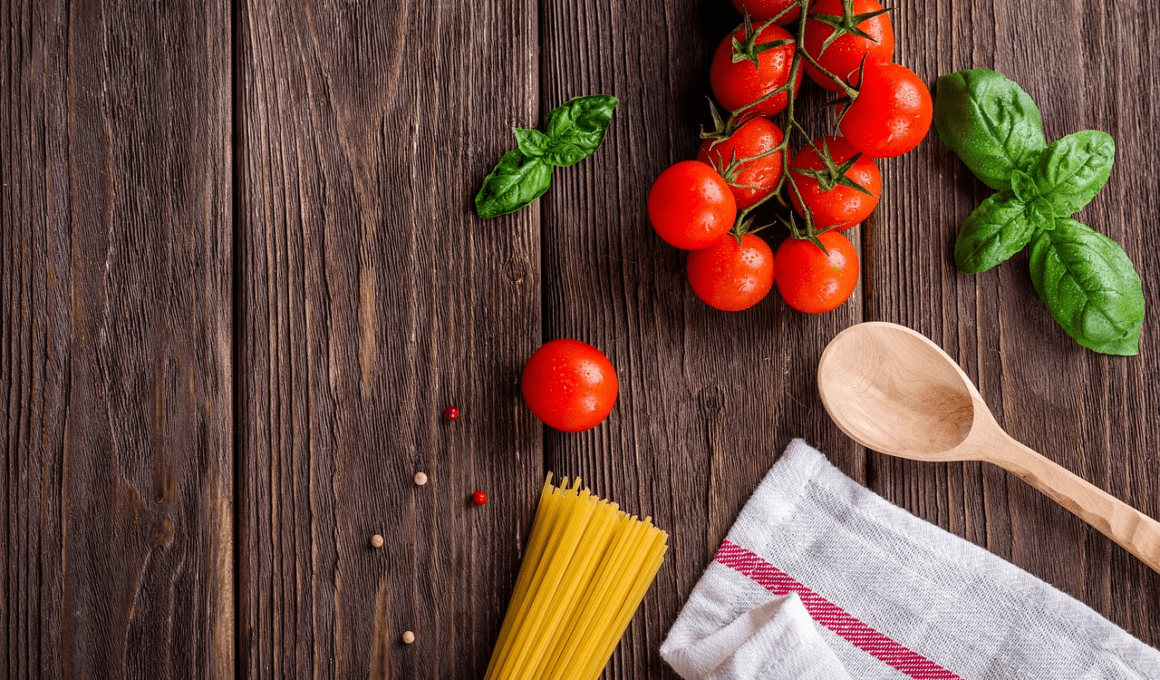Are you looking to grow healthy and juicy tomatoes in your backyard? Well, watering them is a crucial aspect that you cannot afford to ignore. Proper watering techniques can go a long way in promoting healthy growth and a bountiful harvest. However, getting the right balance between too much and too little water can be a tricky affair.
But don’t worry, in this article, we will provide you with useful tips and advice on how to properly water your tomato plants, ensuring healthy growth and maximum yield!
Firstly, it’s important to understand that the amount and frequency of watering greatly affect the growth and yield of your tomato plants. Several factors such as the plant’s age, soil structure, temperature, rainfall, and variety, all play a role in determining how much water your tomato plants need.
So, it’s important to get familiar with these factors to ensure you’re giving your plants the right amount of water. In this article, we’ll break down these factors and provide you with practical tips and advice on how to properly water your tomato plants.
So, let’s dive in!
Quick Takeaways
- Adjust watering frequency based on weather conditions, soil type, and container use.
- Stick your finger into the soil to determine when to water and water early in the morning or late in the afternoon to avoid evaporation.
- Mulching around tomato plants can regulate water intake and add nutrients to the soil.
- Monitoring soil moisture levels is crucial to ensuring proper watering and avoiding overwatering, which can drown roots and cause issues.
Watering Frequency
You should adjust the frequency of watering your tomato plants based on factors such as weather conditions, soil type, and whether they are in containers or not.
During hot and dry weather, your tomato plants may require daily watering. However, if it has been raining consistently, you may need to water less frequently.
In addition, if your tomatoes are planted in sandy soil, they may need to be watered more often than if they are planted in clay soil.
If you’re growing tomatoes in containers, you should water them more frequently than those planted in the ground. This is because container-grown plants tend to dry out more quickly than those planted in the ground.
To determine when to water, stick your finger into the soil up to your second knuckle. If the soil feels dry, it’s time to water.
By adjusting your watering frequency to suit your specific conditions, you can ensure that your tomato plants are healthy and thriving.
Best Time to Water
When it comes to the best time to hydrate your tomato plants, aim for either early morning or late afternoon. This is because watering during the hottest part of the day can cause the water to evaporate too quickly, leaving your plants thirsty and stressed.
Instead, watering during the cooler parts of the day allows the water to soak into the soil and reach the roots, promoting healthy growth. It’s also important to avoid watering the plant itself and instead focus on the soil around the plant.
This helps prevent fungal diseases and encourages the roots to grow deeper. By following these simple watering tips, you can ensure that your tomato plants are getting the hydration they need for healthy and juicy fruit.
Additional Tips
To promote optimal soil moisture levels and prevent evaporation, mulching around your tomato plants is a great way to regulate water intake and add nutrients to the soil. Adding a layer of mulch around your plants can reduce the amount of water that evaporates from the soil, keeping the roots moist and healthy. Additionally, mulch can break down over time and enrich the soil with nutrients, promoting healthy growth and a bountiful harvest.
In addition to mulching, monitoring soil moisture levels is crucial to ensuring your tomato plants receive the right amount of water. A simple way to do this is by using a moisture meter or by sticking your finger into the soil to feel for moisture. Adjust your watering schedule as needed, taking into account weather conditions and the age and variety of your plants. With proper watering techniques and attention to soil moisture levels, you can enjoy juicy, flavorful tomatoes all season long.
| Watering Do’s | Watering Don’ts | ||
|---|---|---|---|
| Water early in the morning or late in the afternoon | Don’t water during the hottest time of the day | ||
| Water deep and slow, using drip irrigation hoses | Don’t water the plant itself, apply water to the soil around it | ||
| Water according to the age and variety of your plants | Don’t overwater, which can drown roots and cause issues | ||
| Water potted tomatoes more frequently | Don’t stop watering pots, raised beds, or containers in the middle to late summer | ||
| Monitor soil moisture levels regularly | Don’t assume all plants have the same watering needs | Adjust watering frequency and amount based on the specific needs of each plant species. |
Frequently Asked Questions
How do I know if I am overwatering or underwatering my tomato plants?
To know if you’re overwatering or underwatering your tomato plants, check the soil moisture regularly. Stick your finger 1-2 inches deep into the soil. If it’s dry, water thoroughly. If it’s wet, wait until it dries out before watering again.
Can I use a sprinkler system to water my tomato plants or is drip irrigation the only option?
Yes, you can use a sprinkler system to water tomato plants, but drip irrigation is a better option. Sprinklers can lead to water waste and may not penetrate deep enough for healthy root growth. Drip irrigation is more efficient and delivers water directly to the soil.
How much water should I give my tomato plants if I am using a fertilizer or plant food?
If you’re using fertilizer or plant food for your tomato plants, give them 1-2 inches of water per week. Water deeply and slowly, avoiding the hottest time of day. Adjust watering based on weather and soil moisture.
Can I water my tomato plants with tap water or should I use filtered water?
You can water your tomato plants with tap water. It’s safe and won’t harm your plants. Just make sure to water deeply and slowly, and avoid getting water on the plant itself. Adjust watering schedule as needed.
How can I tell if my soil has enough moisture for my tomato plants?
To check if your tomato plants have enough moisture, stick your finger into the soil about an inch deep. If it feels dry, it’s time to water. Keep monitoring the soil moisture and adjusting your watering schedule as needed for healthy growth.
Conclusion
Congratulations! You’ve now got the knowledge and tools you need to properly water your tomato plants for healthy growth and a bountiful harvest.
Remember to consider factors such as plant age, soil structure, temperature, rainfall, and variety when determining how much water your plants need.
When it comes to watering frequency, aim for 1-2 inches of water per week, either through rainfall or manual watering. Watering deeply and less frequently is better than shallow, frequent watering.
The best time to water is in the morning, as this gives the plants time to dry off during the day and reduces the risk of fungal diseases.
Finally, don’t forget to check the soil moisture regularly and adjust your watering schedule as needed. With these tips, you’ll be on your way to growing healthy, juicy tomatoes in no time!









